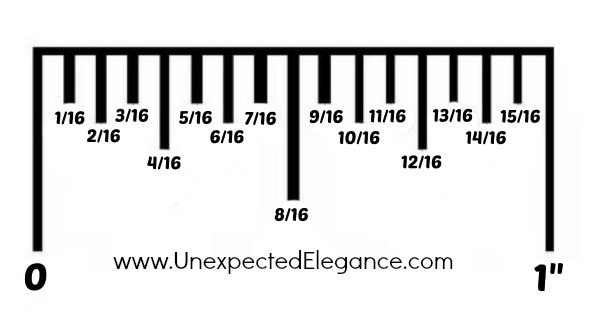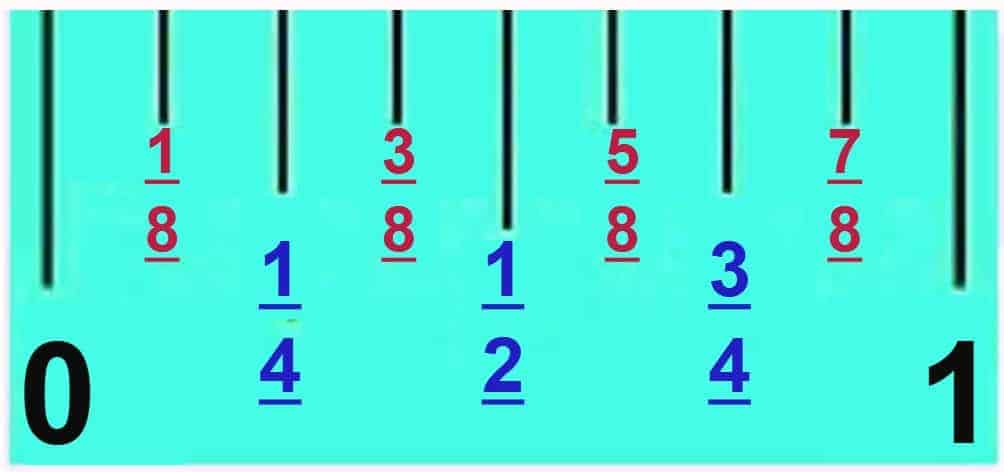
They are retractable, featuring a spring mechanism to recoil the blade. This classic 25-foot measuring tape can be used by home DIYers and contractors. There are four basic types of tape measures: case, long or open-reel tapes, diameter tape (D-tape), and sewing tapes. They come in varying lengths and feature measurement markings. Unlike rulers, tape measures are made of flexible cloth, metal, or fiberglass ribbon. The 100-foot tape, usually of reinforced cloth, is useful for determining property boundaries and other exterior measurements.

The 25-foot length is called a builder’s tape and is marked in feet and at 16-inch increments to make measuring the standard distance between wall studs easier. A 12-foot tape measure is the handiest for consumers. The most common tape measures 12 feet, 25 feet, or 100 feet in length. Some tape measures are marked in millimeters, centimeters, and meters on one edge. The tape is marked along the tape edge in inches and fractional inches, typically in quarter-, eight-, and sixteenth-inch increments.
#FULL TAPE MEASURE MARKS PORTABLE#
Its design allows for a measure of great length to be easily carried in a pocket or toolkit and permits one to measure around curves or corners.Ī tape measure is a portable measurement device used to quantify the size of an object or the distance between objects.

It consists of a ribbon of cloth, plastic, fiberglass, or metal strip with linear measurement markings. Here is a video I made with Dan's help (my brother and webmaster).A tape measure or measuring tape is a flexible ruler used to measure length or distance. Even being 1/32" out gives an error of 1/2"! We use thirty-seconds in the stair calculator, and other instances like that, just for accuracy because when you're cutting 16 stair risers, if you are 1/16th inch out on each stair, you are out a whole inch at the end. I have a framing square that divides an inch into one hundredths. These divisions are the most common, but you can get a tape measure in tenths and hundredths. Notice the size of the graduations on the tape measure changes with the fraction 1/2 is the largest, then 1/4 and 3/4, then the eighths, sixteenths and the smallest are the thirty-seconds. This is a fast way of reading the tape measure on the job when taking a measurement of something to cut it to fit.
#FULL TAPE MEASURE MARKS PLUS#
Since we know that 16/32 is 1/2, when looking for 15/32" on the tape measure, for example, it is the first 32nd before the 1/2" mark.Īctually, in the field a carpenter refers to a 32nd as plus or minus a major fraction. We could refer to the 1/2" mark as the 16/32" mark but we usually use the simplest numbers possible. When you read a tape measure a little knowledge of math is needed. We don't use this position today with our trusses, which are commonly designed for 24 inch centers. Rather than placing 6 trusses in 8', every 16", they saved a truss every sheet of plywood by spreading them out.

It was put on the tape measure originally to designate the on-center position of residential roof trusses. As well as the 16" marks, notice a black diamond mark every 19.2 inches, also called the black truss mark. Most carpenters have the 16" centers memorized up to 8', but a little help on the tape measure is well received when you get to 128". These numbers refer to the 16" centers for laying out studs and joists. Some tape measures have small black arrows or pointers with a box around the number, other tape measures have these numbers highlighted in red. are marked differently than the other inch markers. Most US tape measures have both inches and foot marks. Most tape measures have common elements to be able to use them easily. The tape measure can be marked with US or English measurements (feet and inches), metric measurements (meters and parts of meters: centimeters, millimeters, etc) or both shared on the same tape. One of the most useful tools in a tradesman's toolbox is the common tape measure.


 0 kommentar(er)
0 kommentar(er)
